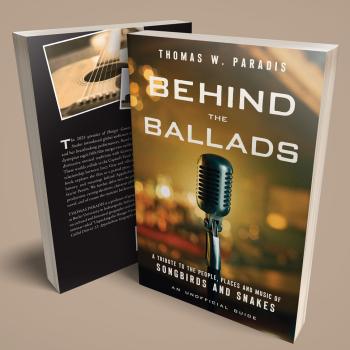For a long time, I’ve wanted to learn to play jazz. I had a friend in high school who would play things like “Ain’t No Need To Worry” by the Winans with cool jazzy chord progressions, and a piano/organ player at a church I attended in the UK who would add jazzy interludes in songs. I copied things that I saw both of them do, but always wanted to learn the ropes of jazz piano in a way that I couldn’t manage to figure out on my own. Lately I’ve been making a concerted effort, and thought I’d blog about a few things that I’ve found helpful.
I think a lot of people assume that jazz is all about instinct. The truth is that there are things you have to learn to play jazz. Improvising is an art in any genre. But before you can improvise, there are things to be learned. Like learning a language, you may learn it as a native speaker or as a second language, but learning is still involved.
I’d encourage anyone interested in learning jazz to get a book from the library or store, such as The Jazz Theory Book by Mark Levine. It explains a lot. The chords used in jazz require explanation – many of us who come to jazz having played other genres will see a reference to a chord with a “b13” and simply stack up triads until we’re basically playing every note in a scale. Jazz chord voicings tend to include only a couple of notes from the chord, often leaving out the root (which the bassist can play), and adding the specified note alongside the 3rd and 7th. Often the voicing is better thought of as one chord in the right hand superimposed on another chord, or a triad, or a 4th or 7th in the left hand. So for instance one of the characteristic chords in “Christmastime is Here” can be called an Eb-b13 chord, but it is played as a Db aug chord over an Eb and G in the left hand.
The learn about modes if you take AP musicianship in high school, but learning to play jazz you find out what they are useful for. Jazz moves chromatically, and so one can’t really improvise in a single key. One has to think of each chord as having its own corresponding scale. And that’s where the modes come in, as well as scales such as the melodic minor. To improvise over the aforementioned Eb-b13 chord, one has to improvise in the Bb melodic minor scale. This and F Maj 7 are the two chords in the first two measures after the introduction in “Christmastime is Here” and on the latter you would improvise around F pentatonic or F Lydian (which is identical to C Major, but can also be thought of as the F Major scale with a raised 4th, and thus a mode).
Learning the theory is crucial. But so is listening (there’s a lot of great jazz to simply listen to on YouTube) and having the chance to see exactly what is going on. And so tutorial videos in which the person slows down and comments on what they did, or which feature a second display of the keyboard or music staff with the notes being played, can be very helpful.
Below are a few examples of the kinds of useful videos that are on YouTube for help with learning jazz piano.
http://www.youtube.com/watch?v=7bIHDL141g0?fs=1 http://www.youtube.com/watch?v=HoDJl3vcpgo?fs=1 http://www.youtube.com/watch?v=mvB1P7_aGZA?fs=1











